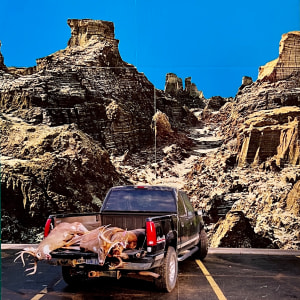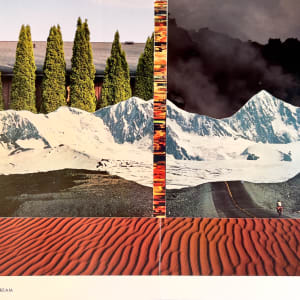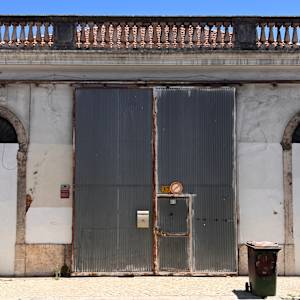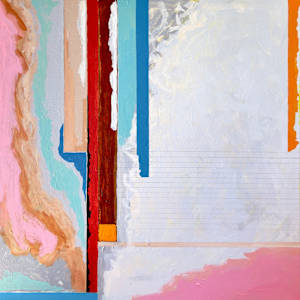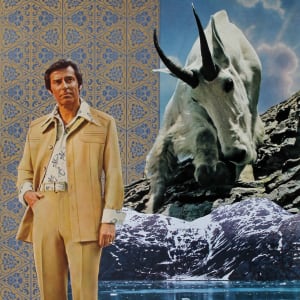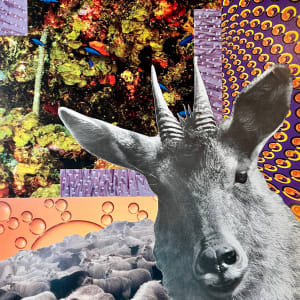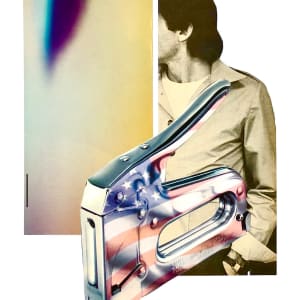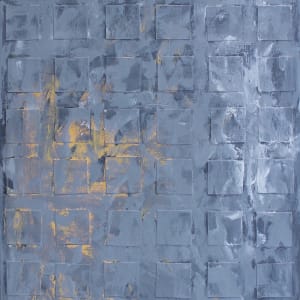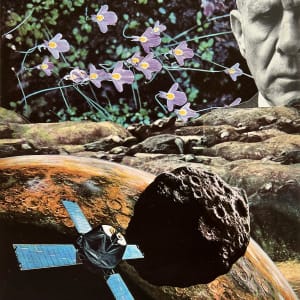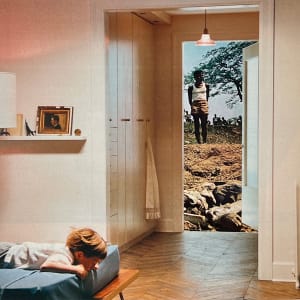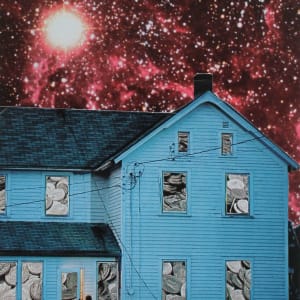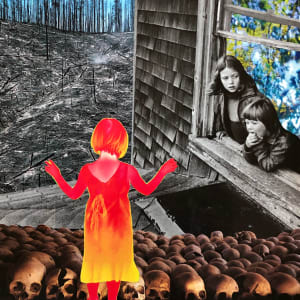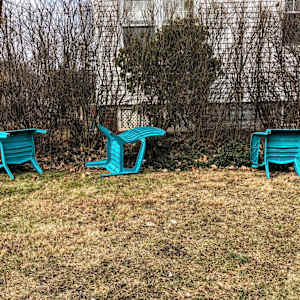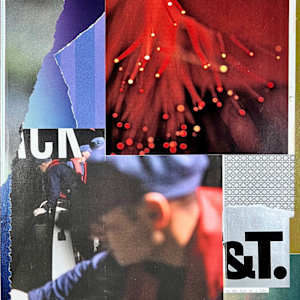Deep Adaptation
Like most artists, my work has always been a reflection of ideas and events that currently occupy space in my mind. The works presented here are evidence of a new series taking form. I’ve read about Deep Adaptation, a concept that explores the adjustments needed to avert some level of societal collapse due to the effects of climate change. Without the risk of sounding melodramatic, or lurid, even…what we’re doing to this planet and ourselves is literally insane. Processes, policies, adversity to change, and plain old stubbornness and stupidity prevent us from making some sort of dent in the mess we’ve made. As this series unfolds, I am looking for connections between imagery that can represent ideas and may bring awareness to the damage we’re doing to our planet, its resources, and its sustainability. Living in New Jersey, our most densely-populated state, I am giving consideration to the contrast between the manmade and natural worlds and how they coexist. They make me question the effects of my daily actions, both directly and indirectly, on the natural environment.
The Shudder of Meaning
Creative Impulses and ‘The Shudder of Meaning’
From its beginning, this series of collages has been about the relationship between imagery and text, and how interpretation is fluid. I had begun reading Roland Barthes book Image-Music-Text, purposefully seeking it out, upon learning that Barthes, a literary theorist, philosopher, and essayist, was a leading figure in the study of semiotics. Essentially, semiotics is the study of sign processes and the communication of meaning; a sign being anything that communicates intentionally or unintentionally, perception playing a key role.
The ‘shudder of meaning’ recognizes that, for the reader (or viewer), multiple interpretations are possible, and that the reader’s participation determines meaning. Provocation, inquiry, and disruption are all things Barthes thought text could sway, distort and change meaning.
Through the use of text in this new work, albeit discreetly, I am encouraging a discussion with the viewer, asking them to consider the interplay between words and images. Barthes’ ‘potential for multiple interpretations’ fundamentally describes why I may choose to include a phrase or few words. Simultaneously, I was reading ‘The Dada Almanac’ by Richard Huelsenbeck, a recent find while rummaging through a Cape May, NJ antiques center. I have been a student of the Dadaists for decades, and was familiar with parts of this collection. The contrast between the two texts, as well as how I found connections, fueled my thoughts, and made their way into my work.
As this series developed, with its new name and focus, I continued to fight against some old habits, namely reverting to the pictorial. Besides some of the larger, more prominent imagery that appears to provide focal points, the energy seems to be concentrated at the edges of two parts meeting or overlapping. Lots of intentional tearing, but also some found ones as well. I’m also paying attention to graphic design elements I can repurpose: patterns, borders, elements of the page primarily meant to decorate.
Brad Terhune
Spring 2025


